Describe The Differences In The Sensory System Diseases And Disorders As We Age
Describe the differences in the sensory system diseases and disorders as we age. Types of Sensory Disorders in Adults. Most of the conditions and medical terminology you need to know associated with smell and taste involve the bodys inability to perform those sensory tasks. It provides protection against diseases disorders bacteria and viruses as long as the skin is intact.
As we said above Sensory Processing Disorder SPD describes the differences children and adults have when their brains are not interpreting the sensory messages they receive from their body effectively. The integumentary system is susceptible to a variety of diseases disorders and injuries. The condition can take many forms but children with SPD may be uncomfortable with touch not be able to wear certain textures be sensitive to light have extreme food aversions have trouble being gentle with animals or bang their head.
Describe the differences in the sensory system diseases and disorders as we age. The cerebellum coordinates all muscle movement including walking talking and balance. Reduced sense of smell is seen in normal aging but the prominent reduction.
Normal part of aging. Whereas the basic circuit is a reflex arc there are differences in the structure. Even though most functions remain adequate the decline in function means that older people are less able to handle various stresses including strenuous physical activity extreme temperature changes in the environment and disorders.
Children who suffer from sensory disorders could live through their adult lives with the disorder if not recognized or diagnosed. Disorders of the spinal cord and peripheral nervous system drug-induced subacute myelo-opticoneuropathy is thought to occur by depletion of vitamins by the drug. Sensory changes can affect your lifestyle.
They may feel like the lights are not bright enough or the sounds are muted. You may have problems communicating enjoying activities and staying involved with people. Spinal sensory nerves carrying signals from receptors to the sensory cortex have a particular arrangement in the spinal cord.
Chances are that its dues to. The main difference between the somatic and autonomic systems is in what target tissues are effectors.
Further the skin can turn sunlight into Vitamin D and can expel waste through.
Hearing loss resulting from damage to neural tissues. Sensory modulation means how we organize sensory information. In our study FT-ICR-MS GC-MS and sensory analysis were combined with multivariate. It may affect one sense only or it may affect multiple senses. Our Integumentary System has an important job for the human body. This disease usually occurs due to ageing severe head injuries way of. This damage affects the functions of the brain the memory and the way of behaviour. Further the skin can turn sunlight into Vitamin D and can expel waste through. These are the spinothalamic pathway and the dorsal column pathway.
Whereas the basic circuit is a reflex arc there are differences in the structure. Interpreting Sensory Messages. In our study FT-ICR-MS GC-MS and sensory analysis were combined with multivariate. The integumentary system is susceptible to a variety of diseases disorders and injuries. This damage affects the functions of the brain the memory and the way of behaviour. Reduced sense of smell is seen in normal aging but the prominent reduction. They transmit signals by two pathways.
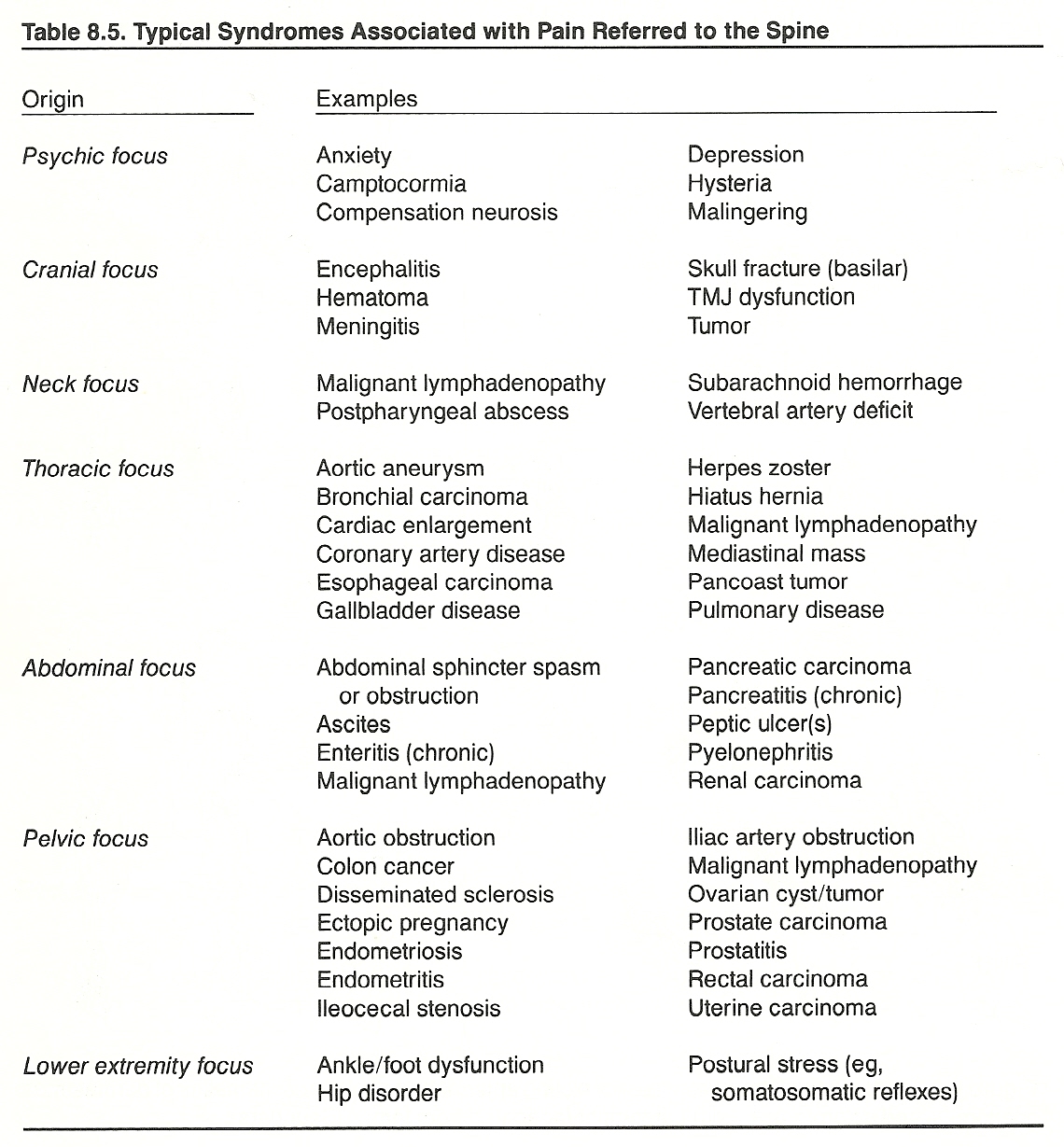

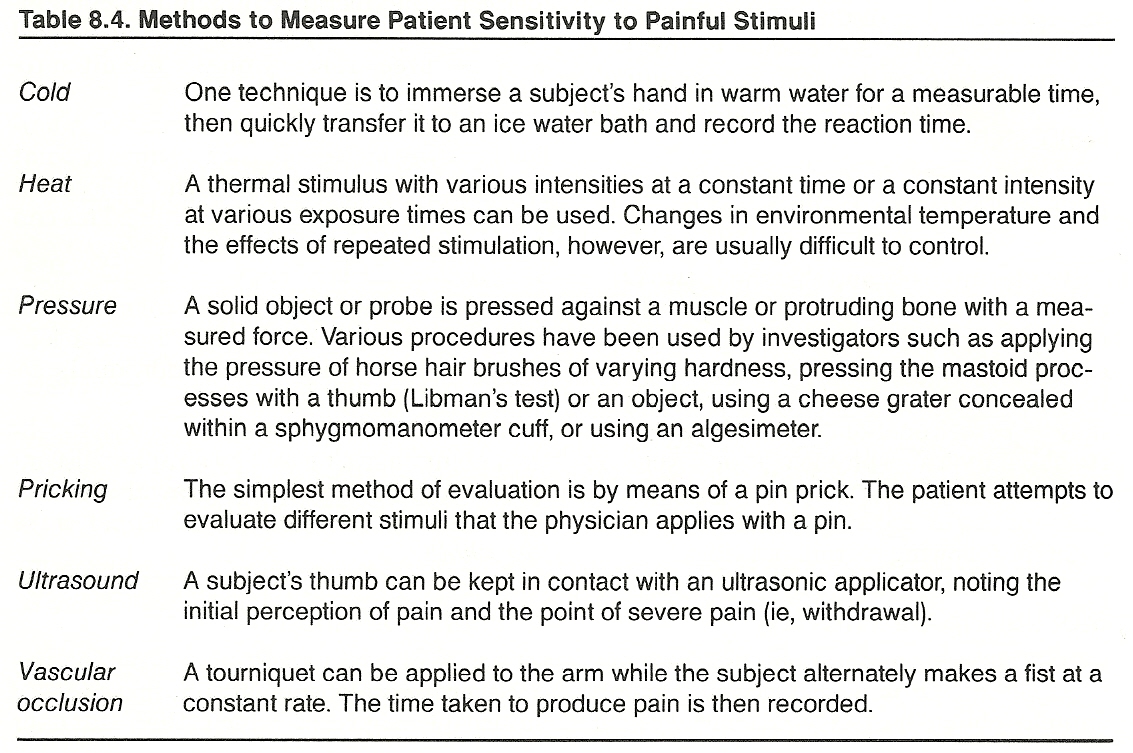
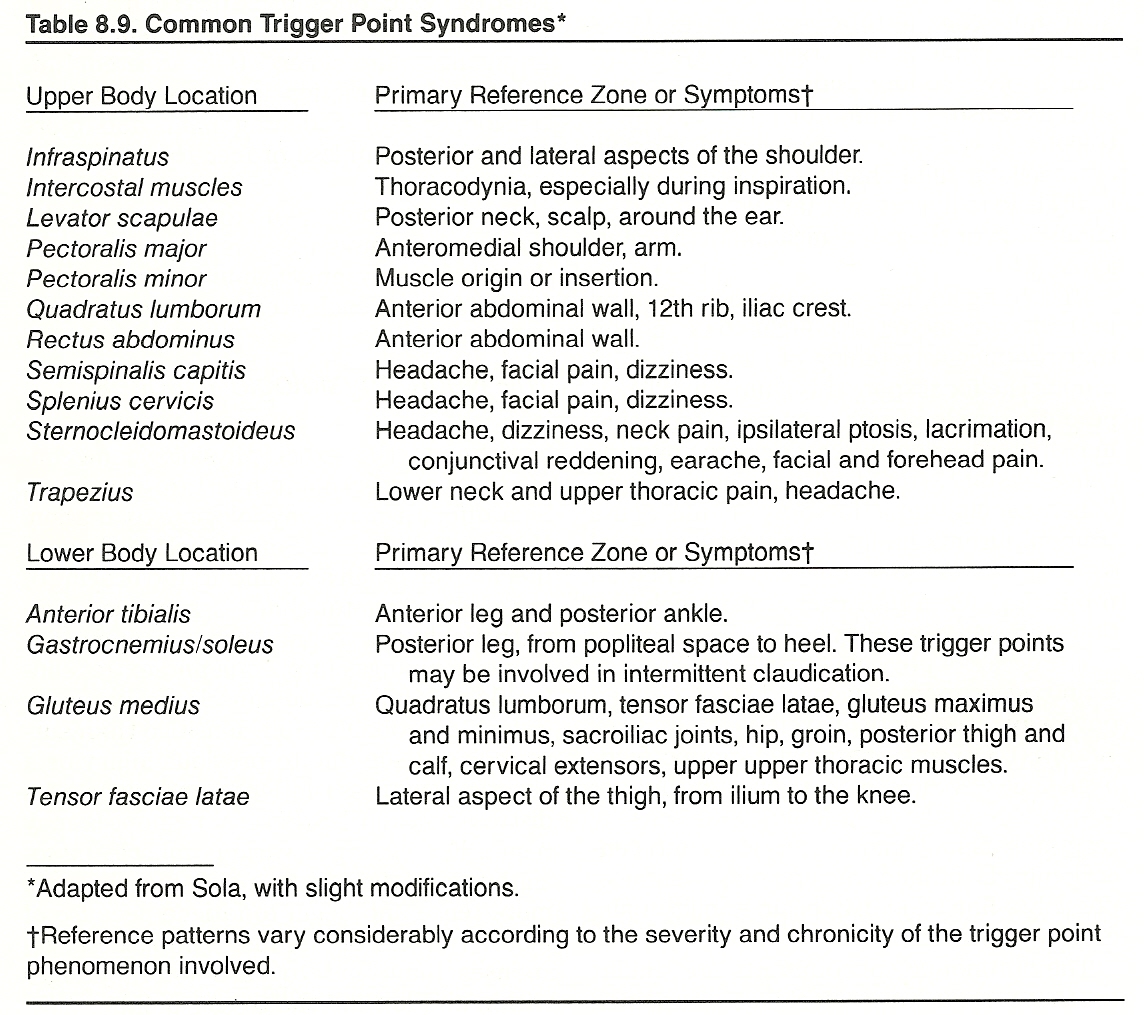
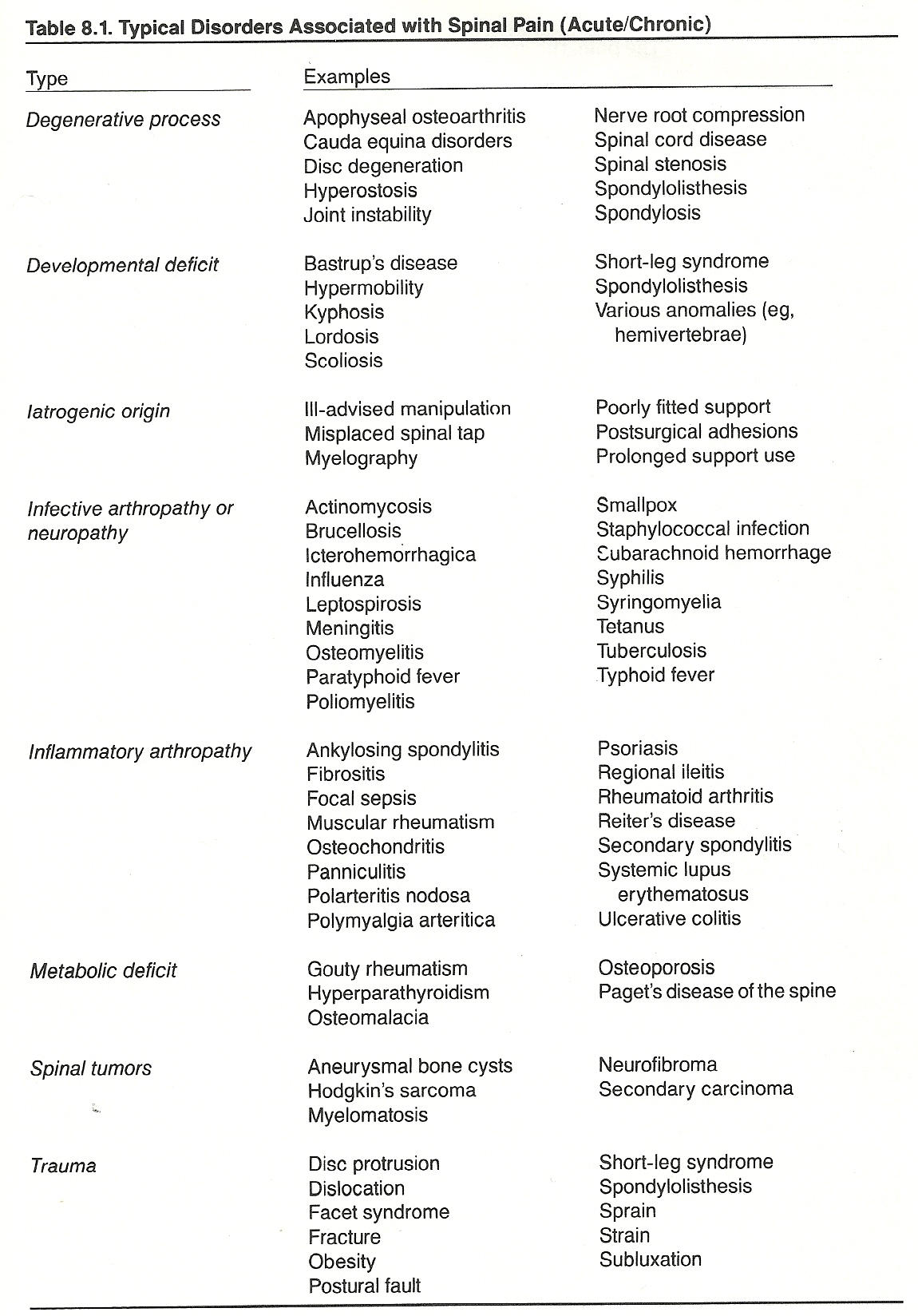
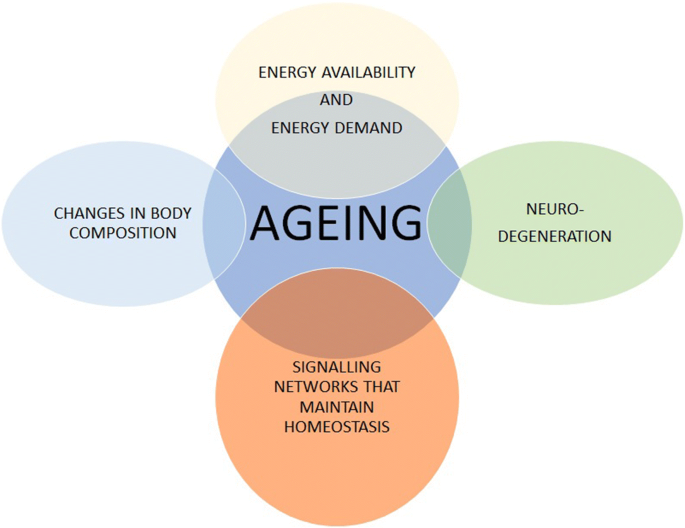


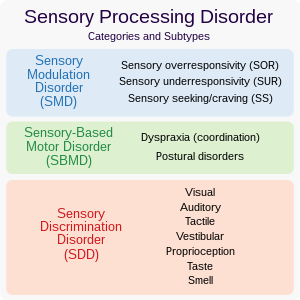
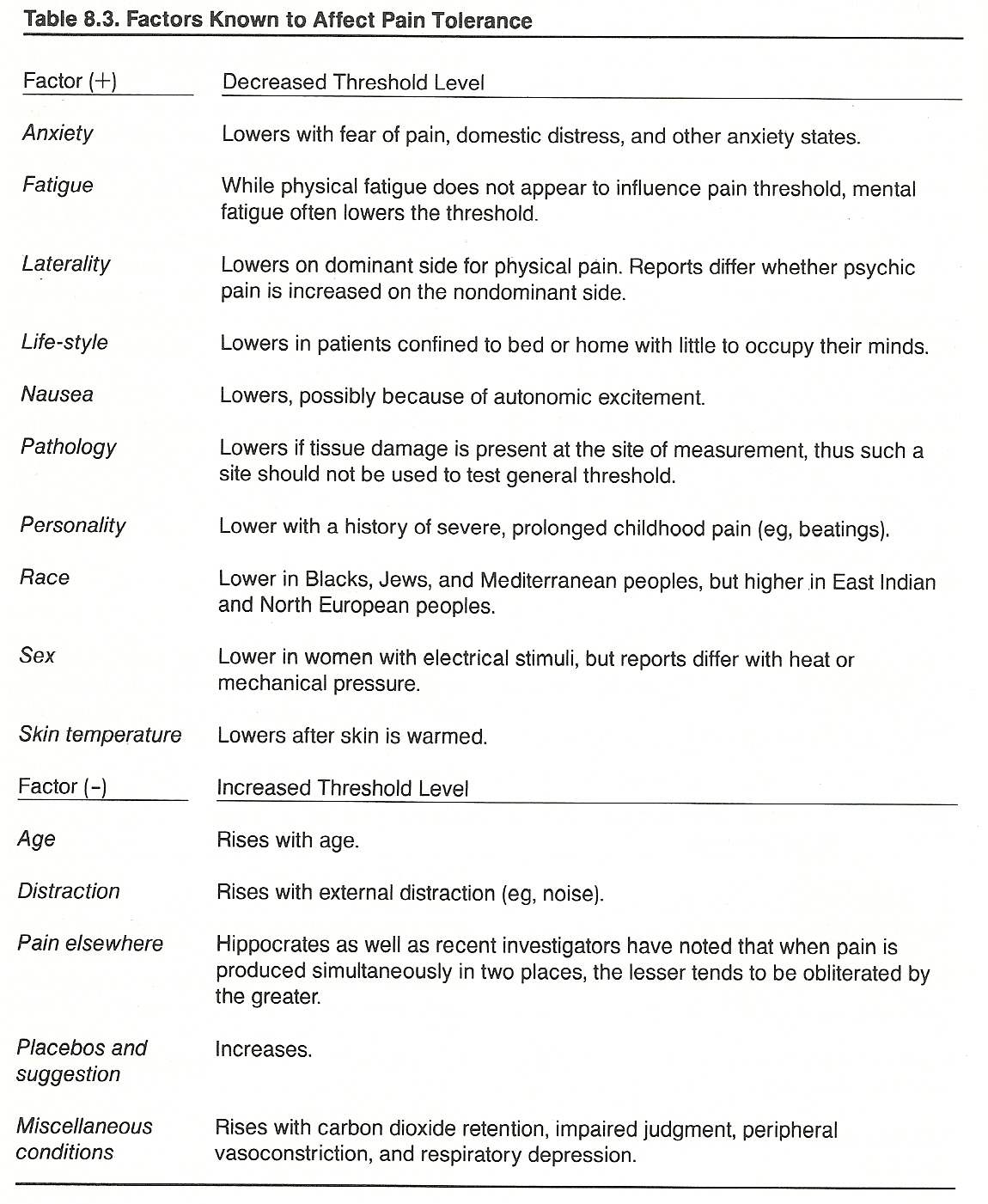


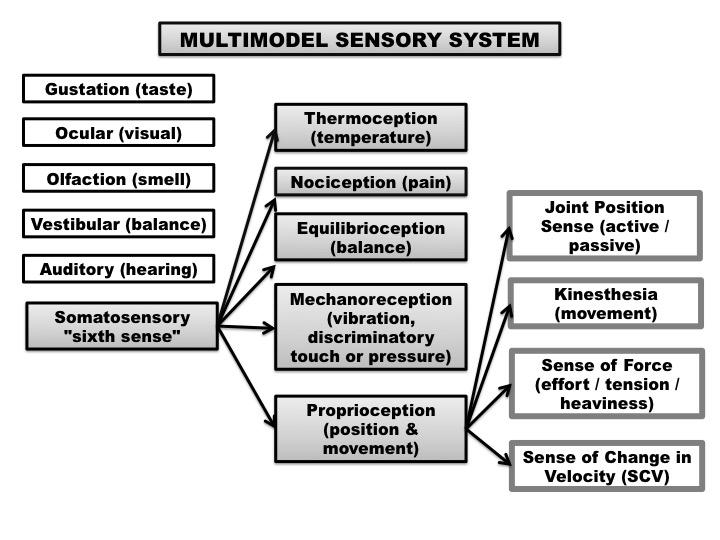
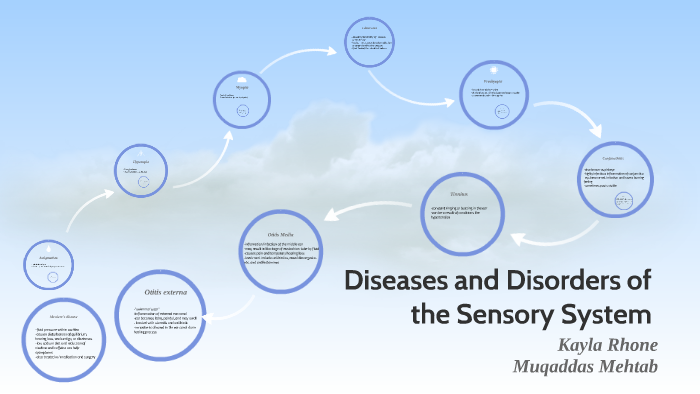

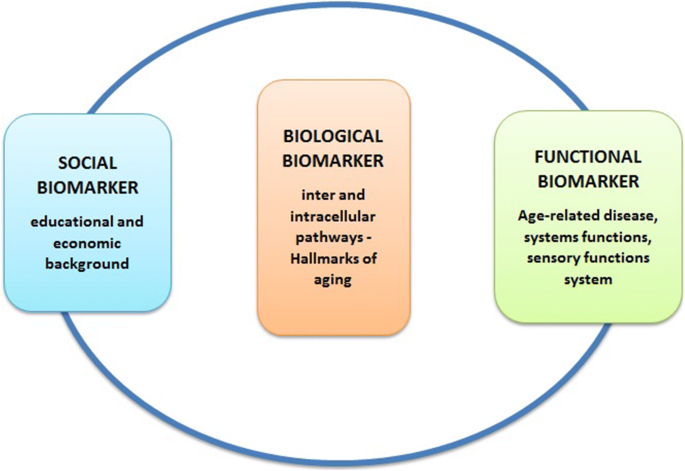





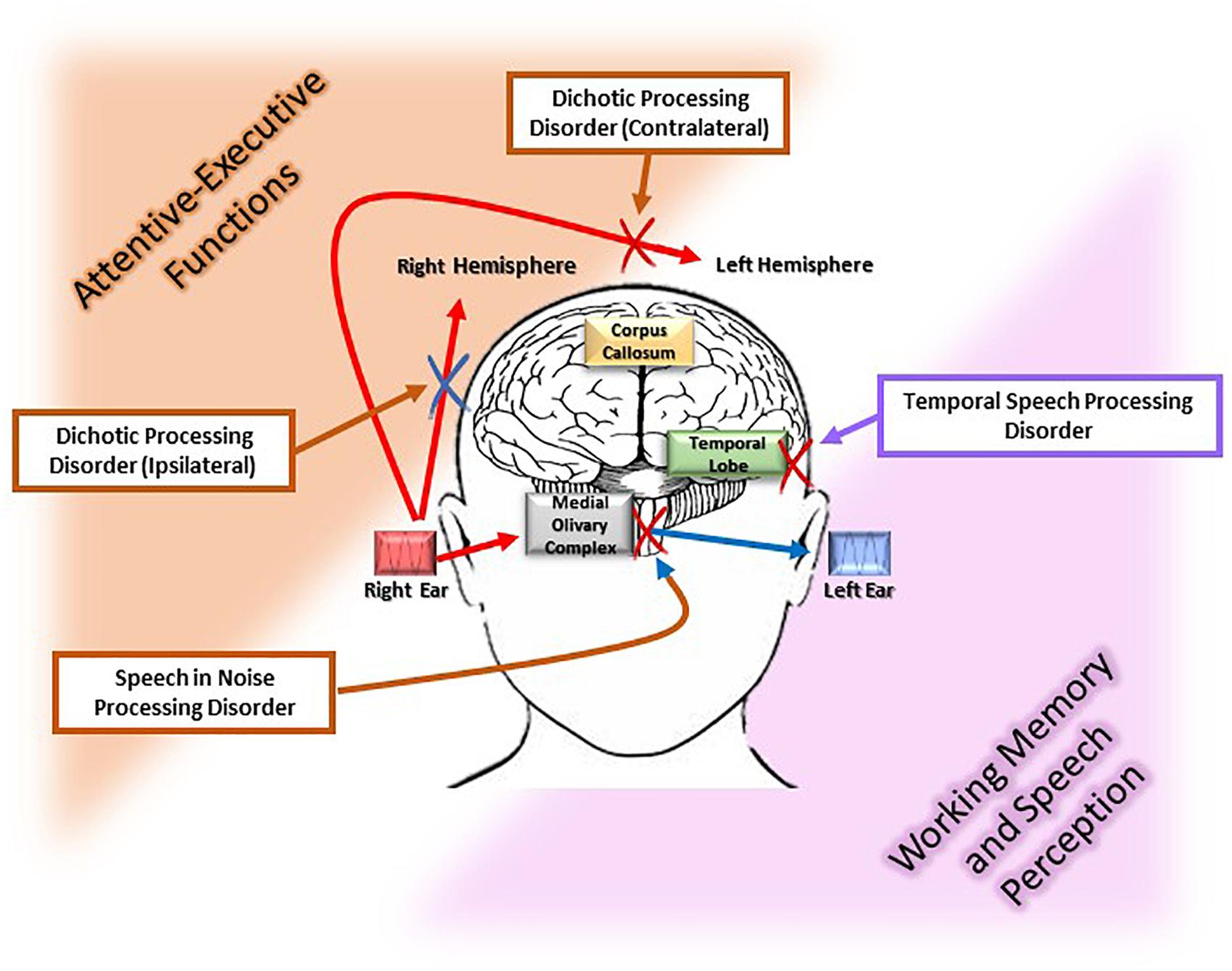

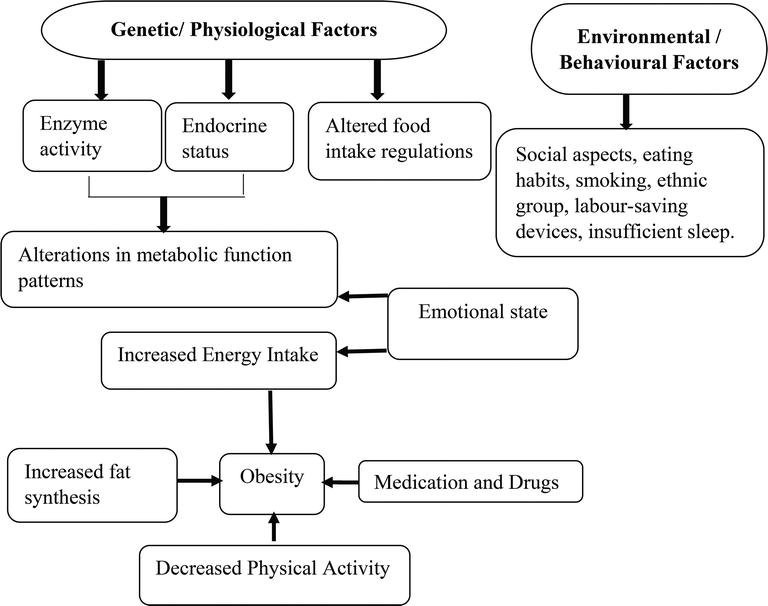
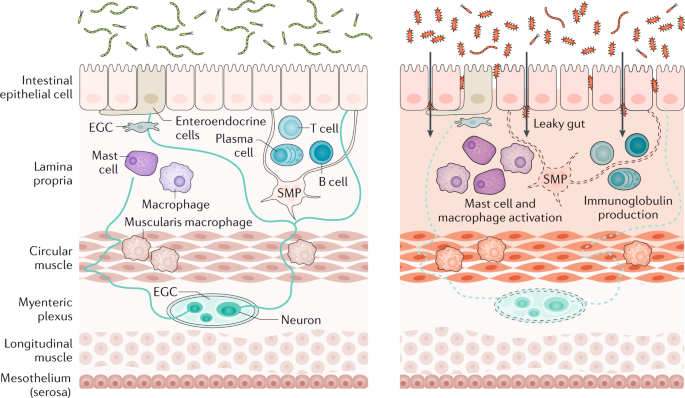







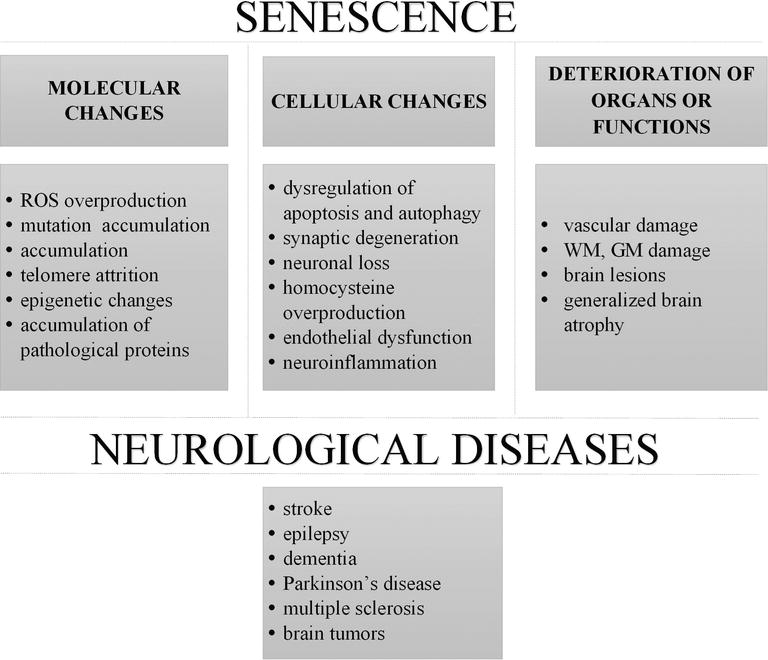
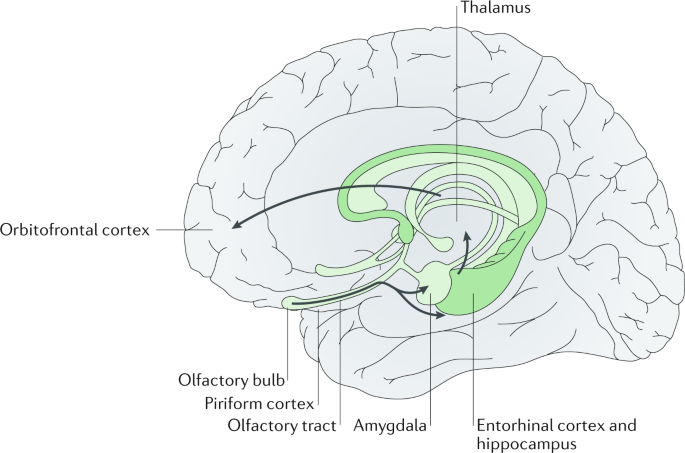

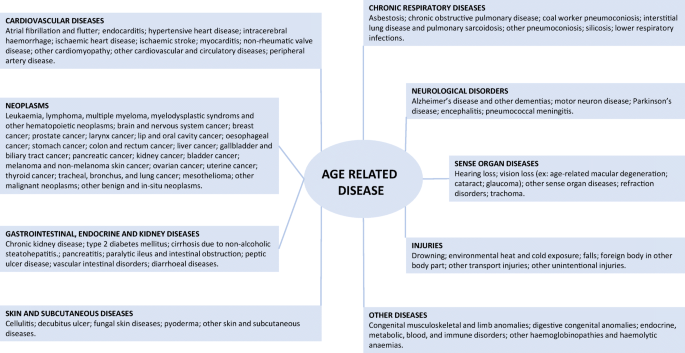



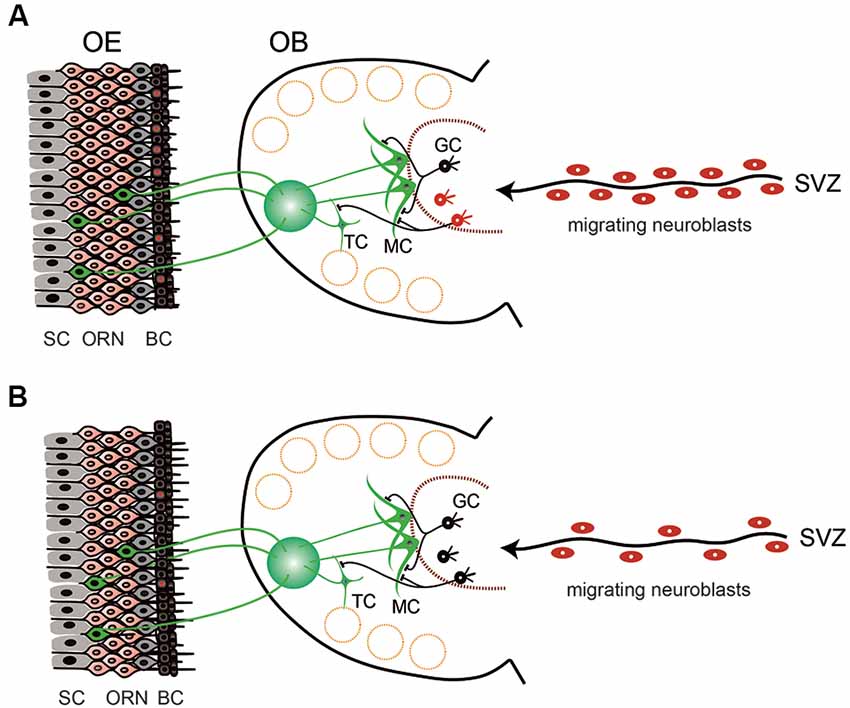

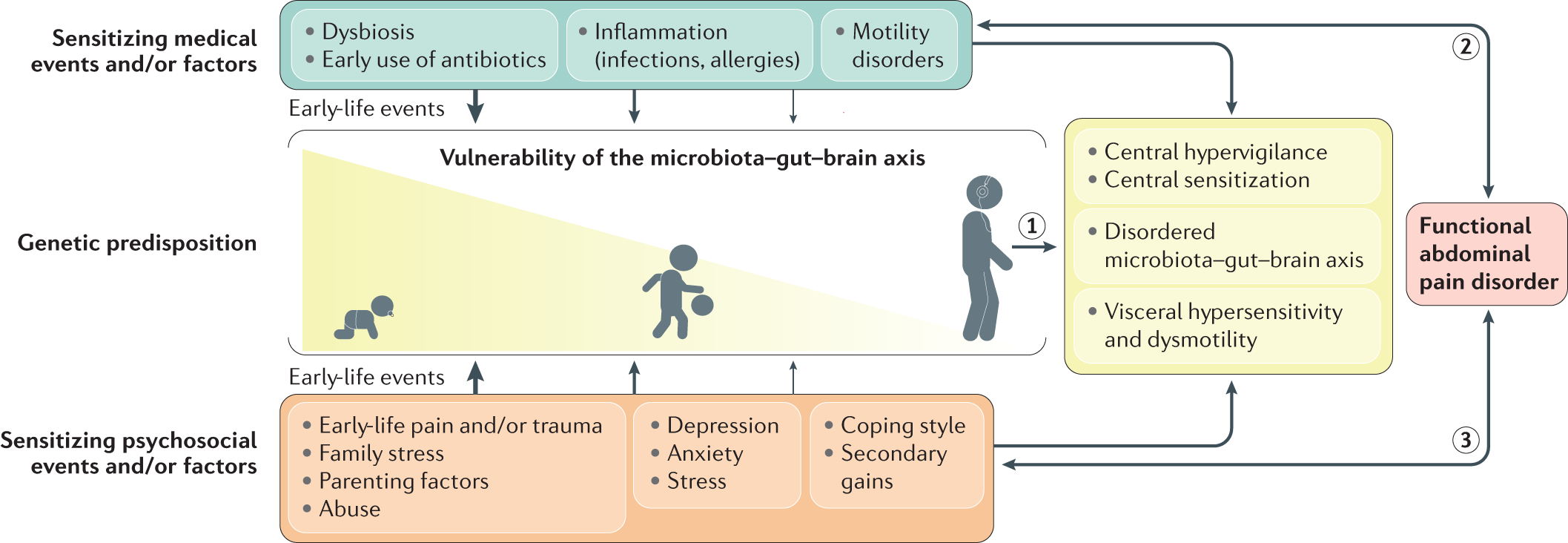

Post a Comment for "Describe The Differences In The Sensory System Diseases And Disorders As We Age"